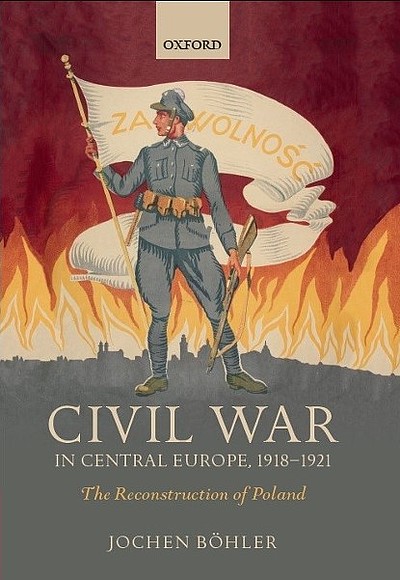The monograph series Eastern Europe in the Twentieth Century, published by De Gruyter/ Oldenbourg, holds collected volumes emanating from Kolleg conferences and workshops, as well as monographic studies by staff and affiliated researchers.
The four-volume series The Routledge History Handbook of Central and Eastern Europe in the Twentieth Century summarizes the current state in core research fields from the perspective of internationally renowned scholars. Each volume is devoted to one of the Kolleg’s central research areas: Challenges of Modernity,Statehood, Intellectual Horizons and War, Violence and Oppression.
Cultures of History Forum
The Cultures of History Forum is an online platform for actors and researchers in the areas of public history and memory politics to publish critical analyses and reflections about ongoing debates, museum exhibitions or public policy relating to the history of the twentieth century in the countries of the region of Central Southeastern and Eastern Europe.
Staff Publications
Fellow Publications

The First World War did not end in Central Europe in November 1918. The armistices marked the creation of the Second Polish Republic and the first shot of the Central European Civil War which raged from 1918 to 1921. The fallen German, Russian, and Austrian Empires left in their wake lands with peoples of mixed nationalities and ethnicities. These lands soon became battle grounds and the ethno-political violence that ensued forced those living within them to decide on their national identity.
Civil War in Central Europe seeks to challenge previous notions that such conflicts which occurred between the First and Second World Wars were isolated incidents and argues that they should be considered as part of a European war; a war which transformed Poland into a nation.
The book is simultaniously published in Polish under the title:
"Wojna domowa. Nowe spojrzenie na odrodzenie Polski" by Znak Horyzont.

The First World War did not end in Central Europe in November 1918. The armistices marked the creation of the Second Polish Republic and the first shot of the Central European Civil War which raged from 1918 to 1921. The fallen German, Russian, and Austrian Empires left in their wake lands with peoples of mixed nationalities and ethnicities. These lands soon became battle grounds and the ethno-political violence that ensued forced those living within them to decide on their national identity.
Civil War in Central Europe seeks to challenge previous notions that such conflicts which occurred between the First and Second World Wars were isolated incidents and argues that they should be considered as part of a European war; a war which transformed Poland into a nation.
The book is simultaniously published in Polish under the title:
"Wojna domowa. Nowe spojrzenie na odrodzenie Polski" by Znak Horyzont.

The First World War did not end in Central Europe in November 1918. The armistices marked the creation of the Second Polish Republic and the first shot of the Central European Civil War which raged from 1918 to 1921. The fallen German, Russian, and Austrian Empires left in their wake lands with peoples of mixed nationalities and ethnicities. These lands soon became battle grounds and the ethno-political violence that ensued forced those living within them to decide on their national identity.
Civil War in Central Europe seeks to challenge previous notions that such conflicts which occurred between the First and Second World Wars were isolated incidents and argues that they should be considered as part of a European war; a war which transformed Poland into a nation.
The book is simultaniously published in Polish under the title:
"Wojna domowa. Nowe spojrzenie na odrodzenie Polski" by Znak Horyzont.